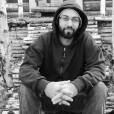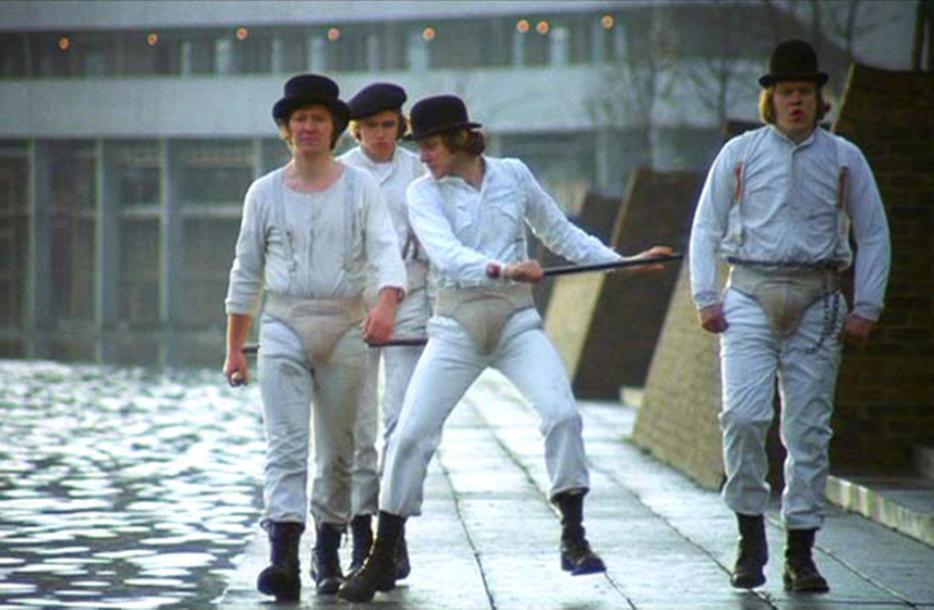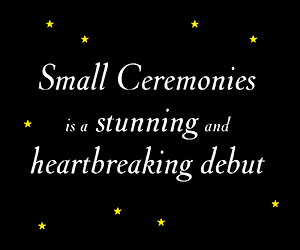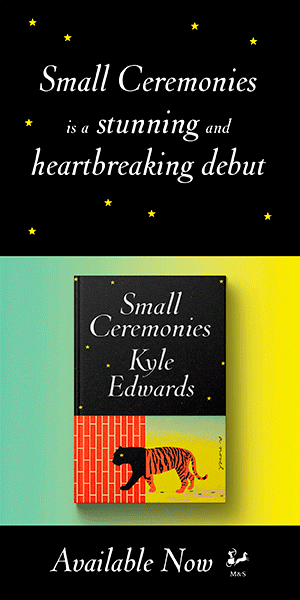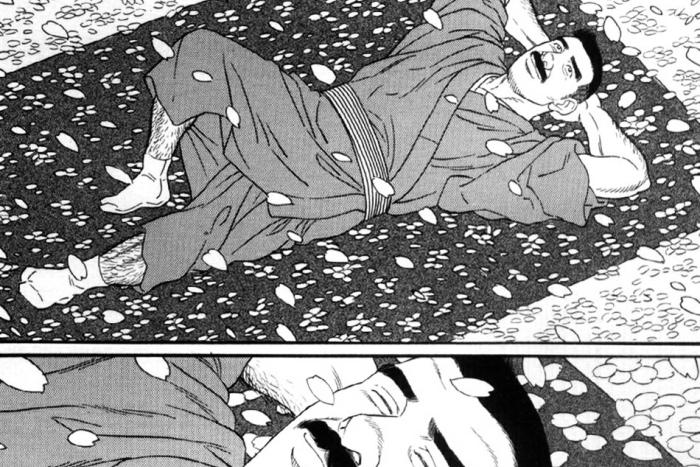A couple of fiftieth anniversaries have rolled around recently, neither with as much fanfare as it might have deserved. Last year, the novel A Clockwork Orange celebrated five decades of publication, while 2013 marks the golden jubilee of the recording of Sam Cooke’s Live at the Harlem Square Club, 1963.
Beyond similar timelines, there might not seem to be many points of comparison between Anthony Burgess’s ultraviolent novel and, I’d argue, the greatest live album of all time. But I started drawing connections between them while re-reading A Clockwork Orange11I read the edition that cuts Burgess’s happy ending—the same version Kubrick adapted, much to the author’s chagrin. a few months ago. This was my first go at the book since seeing Stanley Kubrick’s adaption in high school and, unsurprisingly, I couldn’t get Malcolm McDowell’s glower and that ridiculously saturated palette out of my head.
Reading doesn’t often conjure specific pictures in my brain. Literary characters, no matter how exhaustively described, I render as vague columns of intellect and emotion, rather than “real people,” moving through their respective books. I don’t care to have every nook and cranny of every room explained to me, and at such descriptions my thoughts turn to static. What I need when reading is to see nothing: I experience books, mostly, by ear. And revisiting A Clockwork Orange, I couldn’t hear the book for all the pictures in my head.
I’m sure this is the case with most books one reads after having seen the movie versions, yet in the case of A Clockwork Orange, the film’s visual excess ruins what is, in my mind, essentially a phonological novel. Though Kubrick’s use of voiceover attempts to capture the book’s Nadsat narration, each scene is still rendered graphically (i.e. nothing happens off screen). But the action of the book hides behind language, which creates ironic tension impossible to replicate on screen. Consider:
So [Dim] did strong-man the devotchka, who was still creech creech creeching away in very horrorshow four-in-a-bar, locking her rookers from the back, while I ripped away at this and that and the other, the others going haw haw haw still, and real good horrorshow groodies they were that then exhibited their pink glazzies, O my brothers, while I untrussed and got ready for the plunge.
In the movie, this scene (a gang-rape) is shocking, but the slangy obfuscations of Nadsat makes it even more sinister: our brains struggle to complete the image, implicating us not just as voyeurs, but participants—an essential theme more or less absent from the movie. Yet instead of reading this scene, my brain merely transmuted each “plunge” into Stanley Kubrick’s visualizations, and any potential ironies—those spaces in the text that ignite the imagination—were lost. Basically, I’d seen too much.
And this is what got me thinking about Sam Cooke.
You can find almost any video online, it seems, except for Cooke’s January 12, 1963 concert at Miami’s Harlem Square Club. No film was taken, and the recordings that would become Live at the Harlem Square sat in a vault for twenty-two years until being finally released in 1985. 22RCA executive Ray Geller explains: “They’d clearly been recorded with the idea of putting together a live album. But Cooke kept having hit after hit, and apparently the release of the Harlem Square material was put off in favor of studio albums spotlighting the hits. A year and a half after it was recorded, they taped ‘Sam Cooke at the Copa’ and decided to put that out instead. Then Cooke was murdered, in December 1964, and the Harlem Square tapes stayed in the can. Over the years, all the people at RCA who knew the tapes existed left the company. The material was easy to find when I went to work at RCA and started snooping around.”
The first time Sam Cooke was to appear on Ed Sullivan he was pre-empted and cut from the broadcast. I’ve heard various reasons for this, from a crowd so boisterous that the producers knew it would drown out his performance to a simple mismanagement of airtime. Whatever the reason, the show was flooded with angry letters, and a month later he was invited back.
The difference is a question of audience: not just who is watching, but how Sam Cooke feels he is being watched. The Harlem Square Club catered to an almost exclusively black clientele. For an artist who got his start singing gospel and had been relocated onto the whitebread soundstages of CBS, this “one night stand” was something of a return to roots.
“Oh I like this song!” he laughs at the beginning of “Sentimental Reasons.” When the crowd sings along, he coaches them—“Everybody come on sing along with me… You’re sounding good!” If you listen closely, you’ll hear at least one ambitious audience member harmonizing: to me an indication that this wasn’t just a night of spectacle, with crowd and performer divided, but something more communal and involved. It’s less concert than congregation.
Sam introduces the album’s final number, “Having a Party” by telling the crowd, “I want you to remember this.” Never has onstage banter sounded at once so joyful and deeply sad. It’s coloured, now, by our knowledge that Sam Cooke would be shot dead within the year, and the voices of the crowd singing along to the chorus seem haunting, ghostlike. They’re staring down the end together (“I don’t wanna quit,” Sam hollers, “I don’t wanna quit now, but it looks like I gotta go now”), and then he screams. He reprises the beginning of the concert—”Don’t fight it, feel it,” and then implores the crowd, “I gotta go, but when you go home, keep on having that party.”
These are my projections, anyway, of how Sam Cooke might have felt and how I might have felt, being there (and being, say, a twenty-year-old black woman screaming along in the front row). The record lends an agency, and a sort of narrative engagement, which I doubt would be possible watching the same show on video. I’ve never been a big fan of concert movies, anyway.
In the film version of A Clockwork Orange, the most arresting image of the rehabilitation sequence is not the violent film projected in the cinema (we’ve seen plenty of this stuff before), but Alex strapped into a chair with his eyelids peeled back. It’s the spectator who suffers, and the Ludovico Technique uses excessive visual stimulation to set the malchick on the path to recovery. I wonder if we’ve reached our Ludovico moment: a culture so visually saturated that we long for someone to turn off the pictures. Thankfully, there are still paths of escape: books, and records, and the attendant fantasies that they foster, privately, for each of us in our brains.

